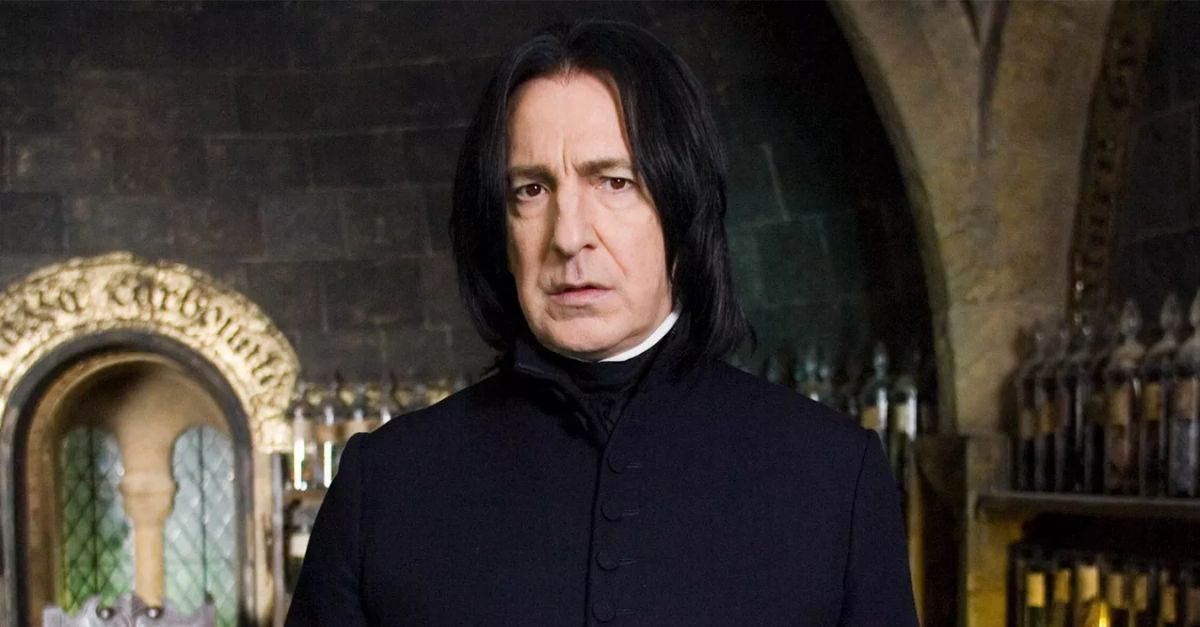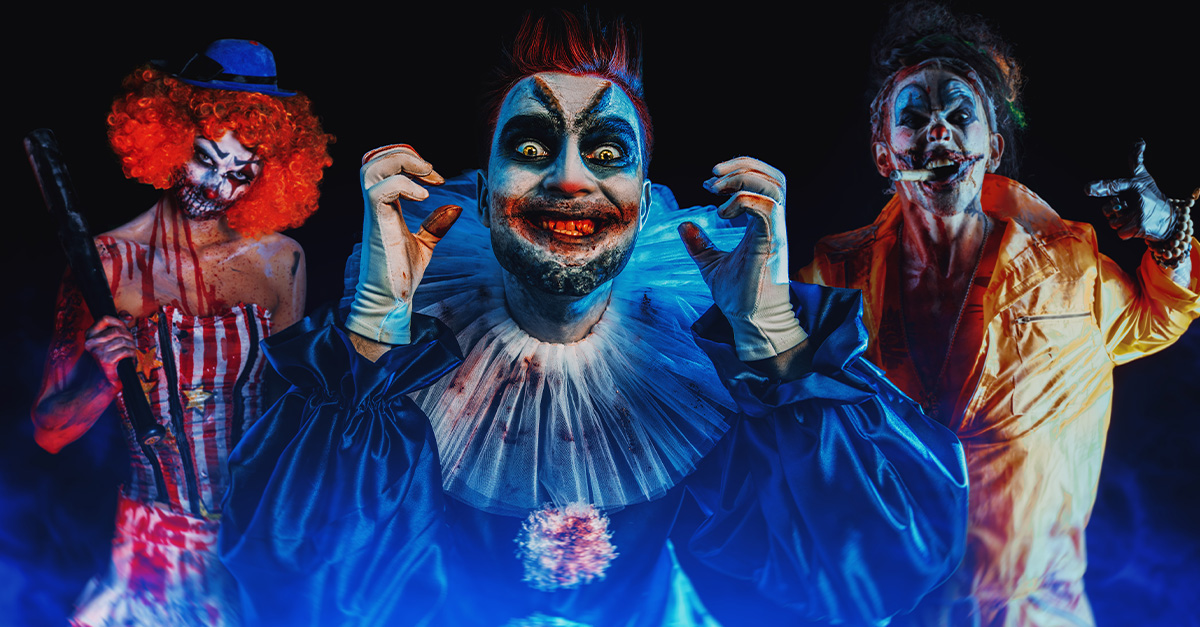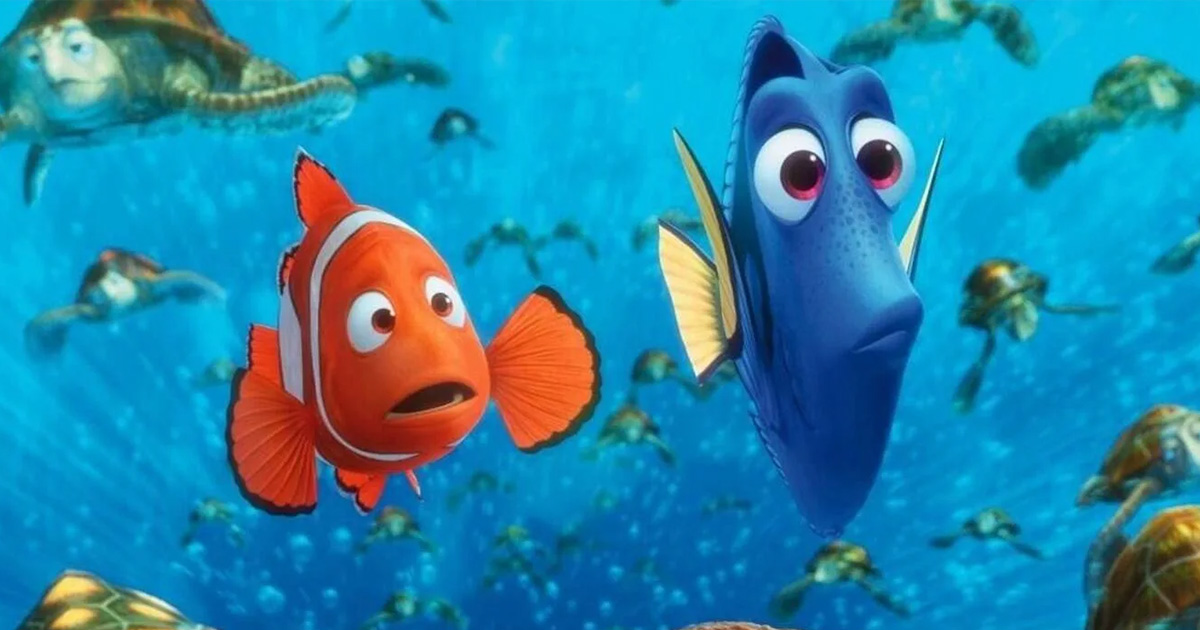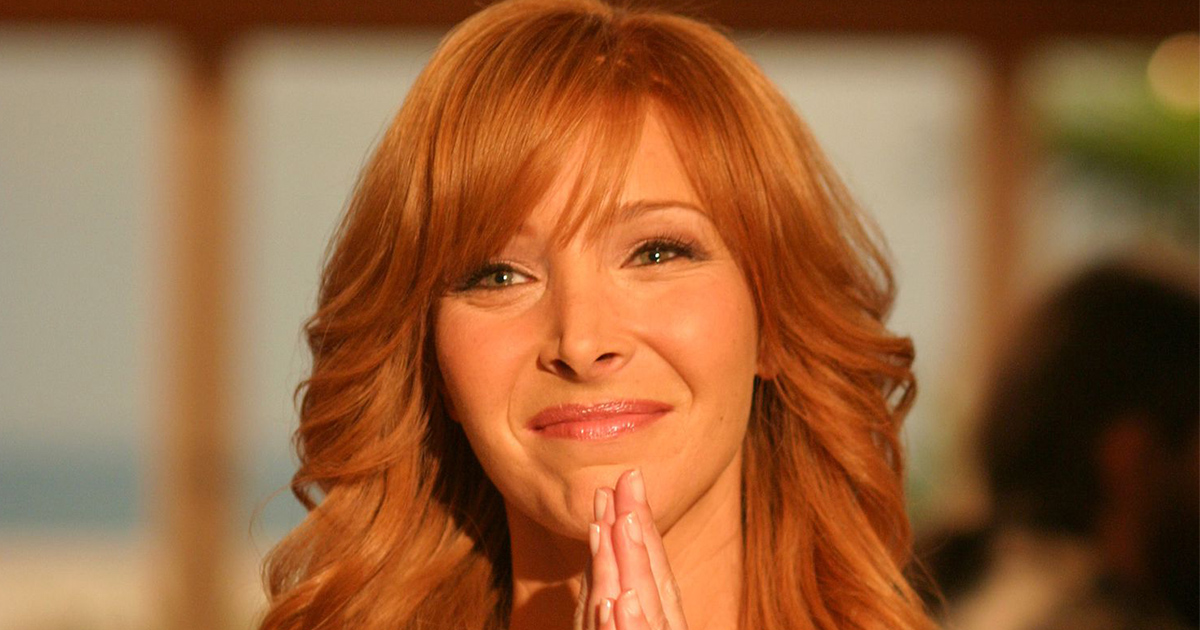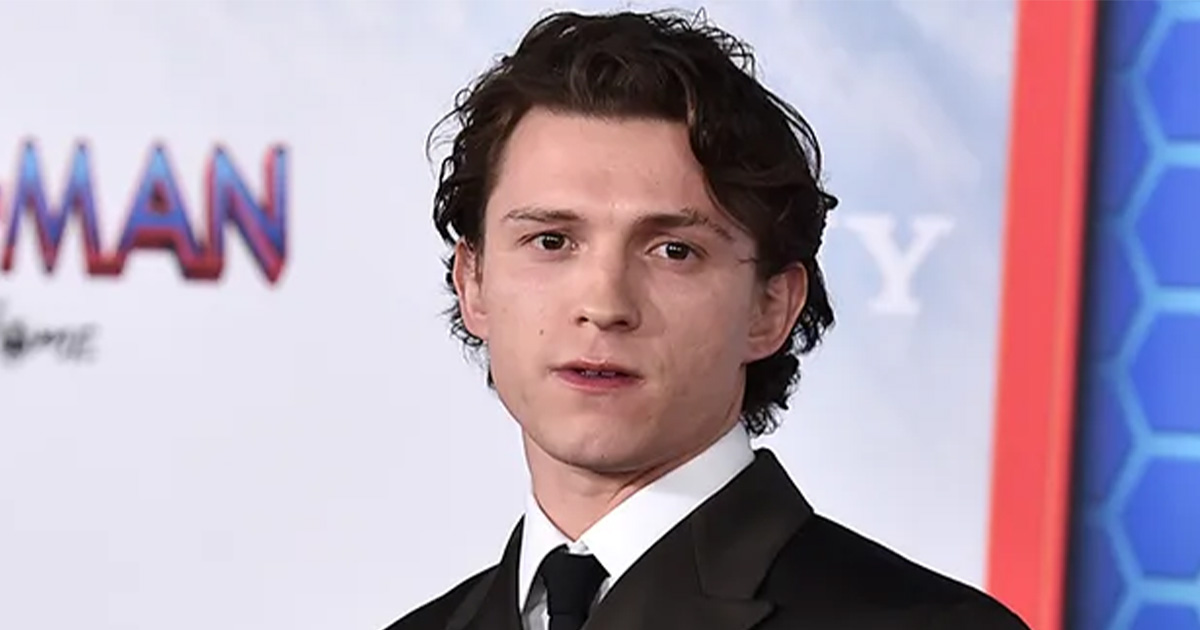Supporting Stars Outshined the Leading Roles
Every movie sets up a hero, but sometimes it’s the supposed supporting roles that burn brightest. Across film history, some characters have overshadowed leads to prove that the strongest impression isn’t always left by the star on the poster.

The Dark Knight (2008)
When people walked out of theaters in 2008, they were quoting the Joker, and not Batman. Heath Ledger’s haunting, chaotic performance redefined the modern villain and upstaged Gotham’s caped crusader in some scenes. The role earned him a posthumous Oscar and became the benchmark for comic-book antagonists.
 Warner Bros., The Dark Knight (2008)
Warner Bros., The Dark Knight (2008)
Bridesmaids (2011)
Few expected a raunchy comedy about wedding chaos to launch a new comedy icon, yet Melissa McCarthy did exactly that. Her fearless performance as Megan broke through an already talented ensemble, delivering outrageous humor with surprising heart. Audiences couldn’t stop talking about her, and Hollywood quickly took notice.
 Universal Pictures, Bridesmaids (2011)
Universal Pictures, Bridesmaids (2011)
The Fugitive (1993)
Sure, Harrison Ford made viewers root for a man wrongly accused of murder, but Tommy Lee Jones had the sharper impact. His US Marshal Gerard combined humor and unshakable authority, instantly stealing scenes. The performance was so magnetic that it earned Jones an Oscar and even inspired a spinoff film.
 Warner Bros. Pictures, The Fugitive (1993)
Warner Bros. Pictures, The Fugitive (1993)
The Devil Wears Prada (2006)
Every glance, every pause, every perfectly measured line delivery—Meryl Streep turned Miranda Priestly into an unforgettable symbol of icy authority. While the film centered on Anne Hathaway’s character, it was Priestly’s stylish intimidation that left audiences in awe. Fashion may fade, but this performance remains endlessly relevant.
 20th Century Fox, The Devil Wears Prada (2006)
20th Century Fox, The Devil Wears Prada (2006)
No Country For Old Men (2007)
Javier Bardem’s quiet menace and eerie coin-toss philosophy carved out one of cinema’s most chilling villains. The bizarre haircut only heightened his strangeness and turned him into a figure of nightmares. Critics and viewers hailed the role as a terrifyingly original performance that redefined what a modern cinematic antagonist could be.
 Miramax Films, No Country for Old Men (2007)
Miramax Films, No Country for Old Men (2007)
Dead Poets Society (1989)
Among a cast of young talents, Robin Williams lifted the story to greatness. John Keating's passionate teaching style and love for poetry inspired both his students and audiences. The role blended humor and heartache, leaving behind the immortal call to “seize the day” and challenge societal norms.
 Touchstone Pictures, Dead Poets Society (1989)
Touchstone Pictures, Dead Poets Society (1989)
Finding Forrester (2000)
This heartfelt drama introduced audiences to a gifted young writer, and Sean Connery gave the story weight that made it more resonant. Playing a reclusive author with sharp wit and unexpected vulnerability, Connery balanced authority with warmth. His presence turned what could have been a simple mentorship tale into something unforgettable.
 Columbia Pictures, Finding Forrester, 2000
Columbia Pictures, Finding Forrester, 2000
The Karate Kid (1984)
People expected a scrappy young hero in this underdog story, but with every scene, Mr Miyagi became the soul of the film. Pat Morita’s wise and gentle mentor guided Daniel through more than karate lessons by offering life lessons that stuck with generations. His “wax on, wax off” mantra became cultural shorthand.
 Columbia Pictures, The Karate Kid (1984)
Columbia Pictures, The Karate Kid (1984)
Anchorman (2004)
Although Ron Burgundy was the headline act, Brick Tamland stole the newsroom. Steve Carell’s gloriously clueless weatherman delivered absurd one-liners and surreal antics that fans still quote two decades later. This role expanded the comedy’s cult status and secured Carell’s breakout moment.
 DreamWorks Pictures, Anchorman: The Legend of Ron Burgundy (2004)
DreamWorks Pictures, Anchorman: The Legend of Ron Burgundy (2004)
Mystic River (2003)
In this Clint Eastwood drama, Tim Robbins’ haunting portrayal of a broken man set the emotional tone among an all-star cast. His performance carried a raw vulnerability that outshone even Sean Penn’s powerful lead. The role earned Robbins an Academy Award and cemented his reputation for dramatic intensity.
 Warner Bros. Pictures, Mystic River (2003)
Warner Bros. Pictures, Mystic River (2003)
Harry Potter Movie Series
Across eight films filled with young heroes, one character consistently commanded attention—Severus Snape. Alan Rickman infused the role with mystery and emotional depth that made him unforgettable. His performance turned a supporting role into a fan favorite and proved that a quietly powerful presence can overshadow other performances.
 Warner Bros. Pictures, Harry Potter film series (2001–2011)
Warner Bros. Pictures, Harry Potter film series (2001–2011)
Ferris Bueller’s Day Off (1986)
While Ferris represented carefree rebellion, Cameron carried the film’s heart. Alan Ruck made a moody sidekick become a layered character struggling with family pressures and self-doubt. By the end, many viewers connected more with Cameron’s growth than Ferris’s antics, making him the movie’s unexpected emotional anchor.
 Paramount Pictures, Ferris Bueller’s Day Off (1986)
Paramount Pictures, Ferris Bueller’s Day Off (1986)
Chicago (2002)
Catherine Zeta-Jones brought explosive energy to Velma Kelly, the supporting character alongside the ambitious Roxie Hart, played by Renee Zellweger. Her commanding stage presence and show-stopping numbers made her the film’s true standout. The role earned her an Academy Award and ensured Velma remained the name audiences remembered long after.
Superbad (2007)
Teen comedies often rely on awkward protagonists, but in this case, it was the awkward sidekick who became the star. Christopher Mintz-Plasse’s McLovin didn’t just provide comic relief—he became a pop culture legend. With just one fake ID and a night of chaos, McLovin stole the entire film.
 Columbia Pictures, Superbad (2007)
Columbia Pictures, Superbad (2007)
Good Will Hunting (1997)
At the heart of this Boston-set drama, the quiet power of Robin Williams brought balance to the story of a troubled math genius. Although the story focused on the young man’s trouble, Williams’s role as a patient yet deeply human therapist grounded the film emotionally and gave it the warmth and wisdom that helped it resonate far beyond its era.
 Miramax, Good Will Hunting (1997)
Miramax, Good Will Hunting (1997)
American Hustle (2013)
This glossy crime drama was filled with powerhouse performances; however, Jennifer Lawrence turned limited screen time into pure fire. Her portrayal of Rosalyn was unpredictable and emotionally raw, commanding attention in every scene. Lawrence’s presence earned widespread acclaim and reminded viewers that supporting roles can often pack the biggest punch.
 Columbia Pictures, American Hustle (2013)
Columbia Pictures, American Hustle (2013)
Pulp Fiction (1994)
In a film bursting with unforgettable characters, Samuel L Jackson’s Jules Winnfield cut through the chaos with a powerful presence. His fiery monologues and surprising moral depth made him the most memorable figure. Even alongside John Travolta and Bruce Willis, Jackson’s performance defined the film’s voice and rhythm.
Creed (2015)
The spotlight was supposed to be on Adonis Creed’s rise, yet Sylvester Stallone reminded audiences why Rocky Balboa remains iconic. As a weary mentor grappling with illness, he brought vulnerability and greatness that anchored the film. Stallone’s performance resonated so strongly that it earned him renewed critical acclaim and award nominations.
Jerry Maguire (1996)
Cuba Gooding Jr delivered the lines everyone remembers, although Tom Cruise carried the title role. Rod Tidwell's charisma and intensity made “Show me the money!” part of pop culture history. Gooding won an Oscar in a role that cemented his Hollywood legacy and opened doors to more projects.
Mean Girls (2004)
The film was supposed to center on Cady’s journey, but Regina George and Janis became the icons everyone remembers. Rachel McAdams brought deliciously sharp wit to the queen bee, while Lizzy Caplan delivered biting commentary with effortless cool. Their performances turned a teen comedy into a cultural landmark still quoted today.
 Paramount Pictures, Mean Girls (2004)
Paramount Pictures, Mean Girls (2004)
The Silence Of The Lambs (1991)
Despite being on screen for less than twenty minutes, Anthony Hopkins left a unique mark as Hannibal Lecter. His chilling calm and razor-sharp dialogue overshadowed every other character. Few villains have defined a genre so completely, and his performance helped secure the film’s place in cinematic history.
 Orion, The Silence of the Lambs (1991)
Orion, The Silence of the Lambs (1991)
Tropic Thunder (2008)
Packed with big personalities, this satire still found its loudest laughs in unexpected places. Robert Downey Jr’s method acting pushed absurdity to the edge, while Tom Cruise’s outrageous cameo became the film’s biggest surprise. Both performances pulled attention away from the lead and proved that supporting roles can dominate audience buzz.
 DreamWorks, Tropic Thunder (2008)
DreamWorks, Tropic Thunder (2008)
Mad Max: Fury Road (2015)
Though the title promised a focus on Max, it was Furiosa who stole the thunder. Charlize Theron brought steely resolve and fierce determination to the role, which changed the post-apocalyptic chase into her story. Fans and critics praised her as the true hero who redefined what action protagonists could be.
 Warner Bros. Pictures, Mad Max: Fury Road (2015)
Warner Bros. Pictures, Mad Max: Fury Road (2015)
The Departed (2006)
Leonardo DiCaprio and Matt Damon carried the plot, but Jack Nicholson’s portrayal of mob boss Frank Costello dominated every scene. His unpredictable menace and theatrical delivery made him the film’s most magnetic presence, upstaging the leads and reinforcing his reputation as one of cinema’s most memorable actors.
 Warner Bros. Pictures, The Departed (2006)
Warner Bros. Pictures, The Departed (2006)
Star Wars: A New Hope (1977)
The saga introduced audiences to Luke Skywalker, but the character who truly lingered was Darth Vader. With his unforgettable presence and iconic voice, Vader quickly became the symbol of the franchise. Even with limited screen time, he overshadowed the heroes and redefined what a cinematic villain could be.
 20th Century Fox, Star Wars: A New Hope (1977)
20th Century Fox, Star Wars: A New Hope (1977)

